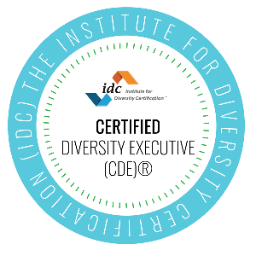Paradigm Shift in Emotional Inclusion in the Workplace
There is a growing recognition of the importance of emotional inclusion in the workplace. Emotional inclusion refers to creating an environment where individuals can feel safe, supported, and valued in expressing their emotions. It means acknowledging and accepting a wide range of emotions and experiences, reducing shame and stigma associated with specific emotions, and creating a culture of empathy and connection.
Emotional inclusion is an essential component of mental health and well-being in the workplace, and it involves addressing mental health concerns, improving communication, and building trust. Many companies are beginning to uplift initiatives that support emotional inclusion as it promotes deeper connections between individuals and better team performance, and it is a vital aspect of creating a positive and inclusive culture in the workplace.
For example, the Society for Human Resource Management (SHRM) has emphasized the importance of emotional intelligence in promoting inclusive workplaces. SHRM notes that building emotional intelligence skills can help employees and supervisors gain greater self-awareness and empathy, reduce workplace bias, and improve communication. In another example, a 2021 study by LinkedIn found that companies with high employee engagement--often a byproduct of a positive and inclusive workplace culture--tend to have better business outcomes. As a result, many companies, have created employee resource groups and other initiatives to promote emotional inclusion and supportive work environments.
Here are five ways organizations can create a safe and supportive environment for employees:
- Encourage open communication - Build an environment where communication is encouraged and feedback is actively sought and welcomed. Employees should feel free to voice their opinions and ideas without fear of retribution.
- Provide development opportunities - Offer training, mentorship, and other activities to encourage employee learning and growth. This promotes a sense of progression and can increase employee satisfaction.
- Implement employee resource groups (ERGs): ERGs are voluntary, employee-led groups that provide support, networking opportunities, and a sense of community for employees who share a common identity or interest. Creating ERGs for underrepresented groups can help foster inclusion and provide a space for employees to share their experiences and perspectives.
- Foster work-life balance - Encourage employees to take time off and recognize the importance of maintaining a healthy work-life balance. This can help reduce stress and promote overall physical and mental well-being.
- Prioritize well-being - Support employees' well-being by offering mental health resources, employee assistance programs, and flexible work arrangements. This demonstrates genuine care and concern for employee health and well-being.
Final Thoughts
The paradigm shift towards emotional inclusion in the workplace is gaining momentum as organizations recognize its importance. Creating an environment where individuals feel safe, supported, and valued in expressing their emotions is essential for mental health and well-being. Companies are implementing initiatives that promote emotional inclusion because it leads to deeper connections between individuals and better team performance. Organizations encourage open communication, provide development opportunities, implement employee resource groups, foster work-life balance, and prioritize well-being to create a safe and supportive environment for employees. By embracing these strategies, employers can foster a positive and inclusive culture that benefits employees and the organization.
Sources:
1. Emotional Inclusion in the Workplace, emotionalinclusion.com
3. https://www.linkedin.com/business/talent/blog/talent-strategy/global-talent-trends-report









Burnout by Budget: How Financial Stress Creates Emotional Fragility in Leaders & What to Do About It






